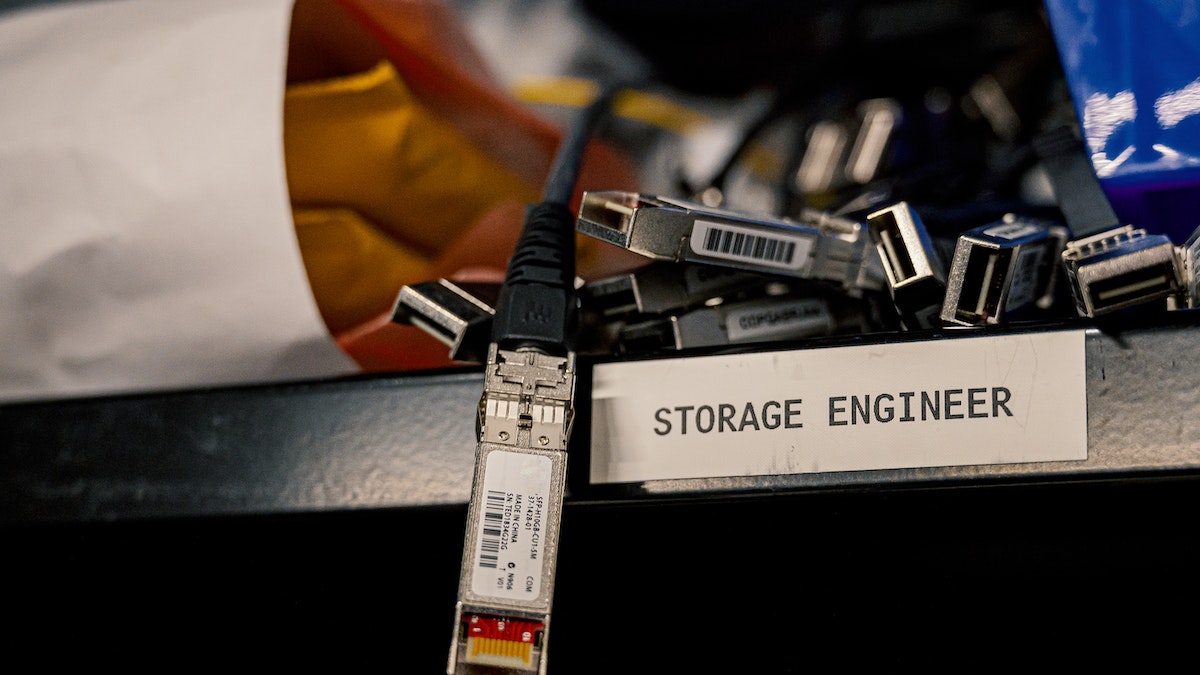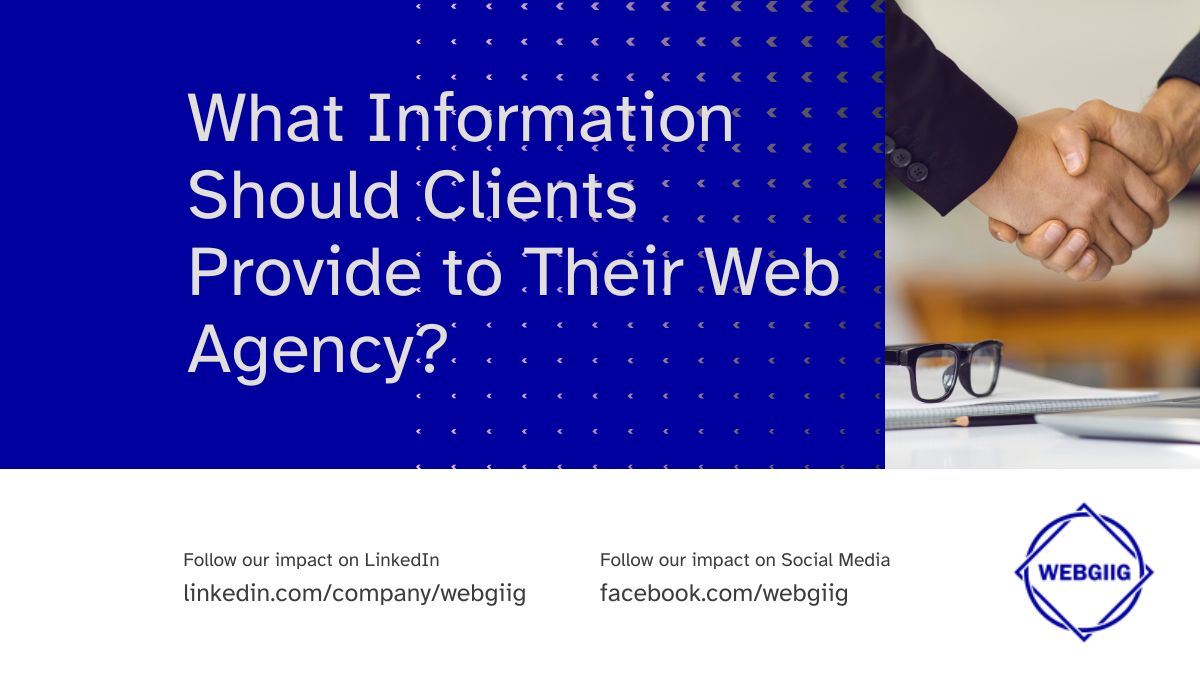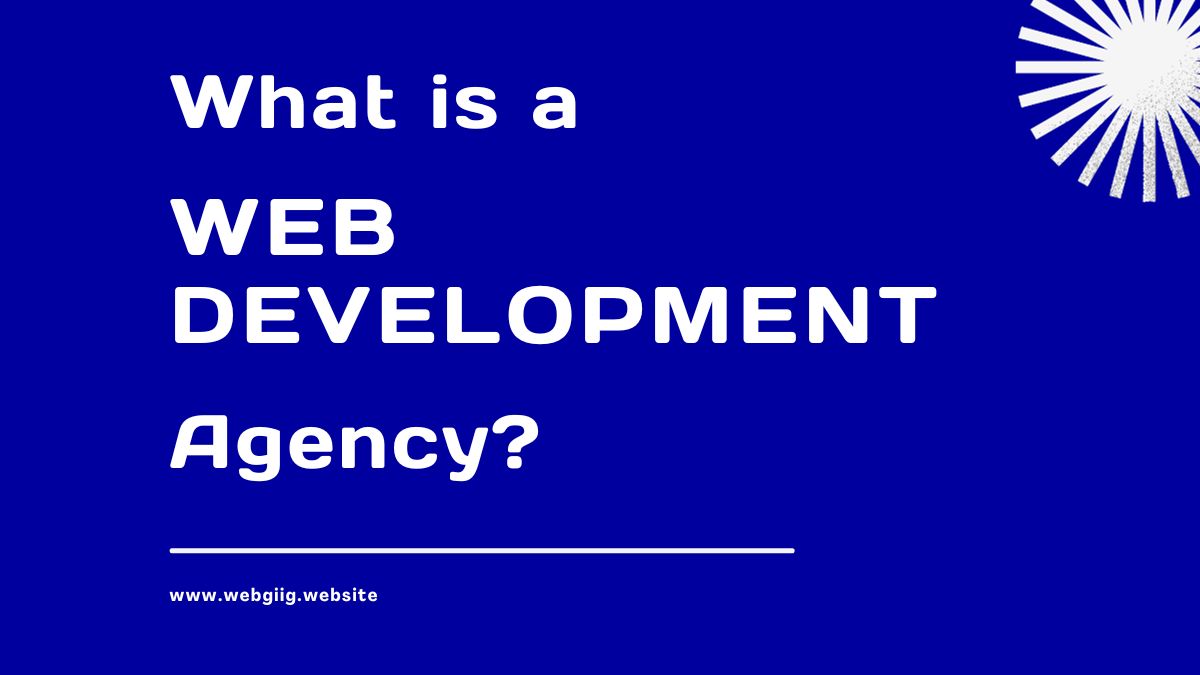For anything but the simplest website, you will need to store your data somewhere.
Fortunately, data storage is a problem that has been worked on since the earliest days of computing, and there have been many decades of research into the best ways of storing and retrieving data of all types.
Before I begin, it will be important to note that there is no such thing as the best Database in as much as there is no best programming language.
Saying a database is better than another is like saying apples are better than oranges.
See them as tools and you should only choose one based on your preference and the complexity of the job at hand.
Our choice for the top ten best databases for web developers is based on their popularity and how often they are required in the job market. Also, our list of databases is not in any order.
Best Relational Databases To Learn
For a long time, relational databases such as MySQL dominated the database scene, but an increasing number of applications now use “NoSQL” databases, such as MongoDB or Redis.
A relational database refers to a database that stores data in a structured format, using rows and columns. This makes it easy to locate and access specific values within the database.
“Relational databases” are called that way because you can express relationships between the data in the schema.
Relational databases are structured into tables, where an individual record in that database is called a row, and each field within that record is called a column, and all rows have the same columns with the same types.
Below is a list of the top relational databases you will often come across in the wild.
1. MySQL
MySQL is among the most widely used relational databases. It was initially released in 1995 and developed by oracle.
It is implemented in C and C++.
MySQL is cross-platform and supports the following languages: ADA, C, C#, C++, D, Delphi, Eiffel, Erlang, Haskell, Java, JavaScript (Node.js), Objective-C, OCaml, Perl, PHP, Python, Ruby, Scheme, Tcl.
Related: How to connect Nodejs and MySql
It is arguably the most popular database and is often the first database to be adopted by beginners.
Given the number of programming languages it supports, I’m almost certain your favorite programming language will find itself on the list.
2. PostgreSQL
PostgreSQL is a popular open-source relational database with object-oriented extensions such as user-defined types/functions and inheritance.
Do not underestimate this database based on the fact that it is open source. This piece of software has all it takes to compete with the most sophisticated proprietary database you can imagine.
It is implemented in the C programming language.
PostgreSQL is cross-platform and supports the following programming languages: .Net, C, C++, Delphi, Java, JavaScript (Node.js), Perl, PHP, Python, and Tcl.
PostgreSQL database happens to be very recommended these days and is never far from the top 2 positions in whatever benchmark you decide to base your judgment on.
I recommend it too.
3. Oracle Database
Unlike MySQL and PostgreSQL, Oracle is a commercial relational database with a restricted free version.
It is implemented in C and C++, available on almost all major operating systems, and supports the following programming languages: C, C#, C++, Clojure, Cobol, Delphi, Eiffel, Erlang, Fortran, Groovy, Haskell, Java, JavaScript, Lisp, Objective C, OCaml, Perl, PHP, Python, R, Ruby, Scala, Tcl, Visual Basic.
The Oracle database is mostly used in large corporations and is a monster in terms of security and efficiency and I guess that’s why it is not free.
However, don’t get intimidated.
The free databases are pretty good too (especially PostgreSQL) and are capable of running almost any app you may want to create.
4. Microsoft SQL Server
Like Oracle, Microsoft SQL server is a commercial relational database with a restricted free version.
It is implemented in C++, exists only on Windows and Linux, and supports the following programming languages: C#, C++, Delphi, Go, Java, JavaScript (Node.js), PHP, Python, R, Ruby, and Visual Basic.
The Microsoft SQL Server database is highly recommended for those working on the Microsoft platform.
5. SQLite
SQLite is a free open-source database developed by Dwayne Richard Hipp in the year 2000 and implemented with the C programming language.
This database is often used to learn SQL because it is lightweight and can even be installed on very old PCs.
SQLite supports the following programming languages; Action-script, Ada, Basic, C, C#, C++, D, Delphi, Forth, FORTRAN, Haskell, Java, JavaScript, Lisp, Lua, Matlab, Objective-C, OCaml, Perl, PHP, PL/SQL, Python, R, Ruby, Scala, Scheme, Smalltalk, Tcl.
6. MariaDB
MariaDB is a MySQL-compatible open-source Relational Database Management System, enhanced with high availability, security, interoperability, and performance capabilities.
With MariaDB ColumnStore is also available.
MariaDB is available on almost all platforms and is open source, though there exists a commercial enterprise subscription.
MariaDB is like a little sister to MySQL and hence, any valid MySQL query is also valid in MariaDB but the reverse is not true.
It supports the following programming languages; Ada, C, C#, C++, D, Eiffel, Erlang, Go, Haskell, Java, JavaScript (Node.js), Objective-C, OCaml, Perl, PHP, Python, Ruby, Scheme, Tcl.
Best NoSQL Databases to learn
NoSQL databases are non-tabular and store data differently than relational tables.
NoSQL databases come in a variety of types based on their data model.
The main NoSQL database types are document, key-value, wide-column, and graph.
Below is a list of the top non-relational databases to learn.
1. MongoDB
MongoDB is one of the most popular document stores available both as a fully managed cloud service and for deployment on self-managed infrastructure.
MongoDB is open source, available on all major operating systems, and implemented in C++.
It is definitely the “non-relational database” to learn due to its popularity.
Related: Mongodb – beginners guide
It supports the following programming languages; Actionscript, C, C#, C++, Clojure, ColdFusion, D, Dart, Delphi, Erlang, Go, Groovy, Haskell, Java, JavaScript, Lisp, Lua, MatLab, Perl, PHP, PowerShell, Prolog, Python, R, Ruby, Scala, Smalltalk.
2. Cassandra
Cassandra is a Wide-column store, based on ideas of Big-table and DynamoDB.
It is implemented in Java, available on major platforms, opensource, and supports the following programming languages: C#, C++, Clojure, Erlang, Go, Haskell, Java, JavaScript, Perl, PHP, Python, Ruby, Scala.
Though it is a relatively young database (released in 2008), Cassandra has seen its popularity increase over the years and is now among the top databases to learn for those intending to work with a no-relational database.
3. Redis
Redis is an in-memory data structure store, used as a database, cache, and message broker.
It is open source, available on major operating systems, and was developed in 2009 by Salvatore Sanfilippo.
Redis supports the following programming languages; C, C#, C++, Clojure, Crystal, D, Dart, Elixir, Erlang, Fancy, Go, Haskell, Haxe, Java, JavaScript (Node.js), Lisp, Lua, MatLab, Objective-C, OCaml, Pascal, Perl, PHP, Prolog, Pure Data, Python, R, Rebol, Ruby, Rust, Scala, Scheme, Smalltalk, Swift, Tcl, Visual Basic.
4. Elasticsearch
Elasticsearch is a distributed, RESTful modern search and analytics engine based on Apache Lucene. It is open-source and available on major operating systems.
SQL or NoSQL?
Many NoSQL databases are promoted based on the performance advantages they offer over relational databases, and the benefit of avoiding doing any schema design or migrations (changes to the schema that require the stored data to be updated to match the new schema), but they do have their downsides too.
Much of the power of relational databases comes from the fact that tables can be “joined” based on these relationships to get a result in a single query from multiple different tables.
Most NoSQL databases do not allow this kind of joining, so can work out to be less performant for certain types of query. This is often worked around by repeating information inside documents (for example, author name, rather than linking to an author table), a process known as denormalization.
A database that is normalized does not contain any repeated or redundant information. Although denormalized tables are not necessarily problematic, they do make it easier to introduce inconsistencies and can make it harder to update data that appears in many places in the database.
Some relational databases are now adopting techniques from the NoSQL world. For example, PostgreSQL supports a JSON column type, rather than having to store all the data in a flat table.
Whether or not to go relational or NoSQL depends on the type of data you have.
Although NoSQL databases avoid the constraint of formally specifying a schema, you will often want to have some type of schema to keep a reasonable data structure, either to be read from in your application or to create indexes.
NoSQL databases can also be faster to write to, so if you have many more writes than reads, this can be a better fit, but for most other types of data, a relational database will serve you well.






